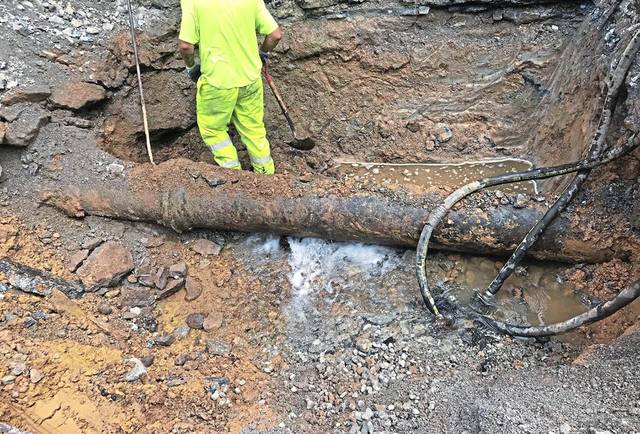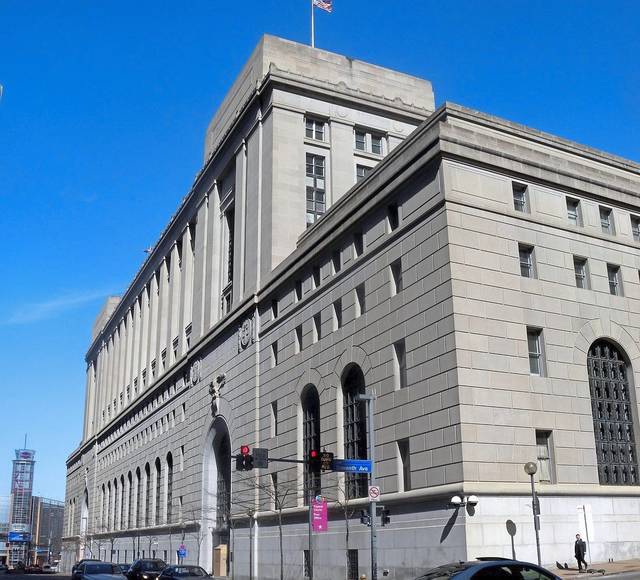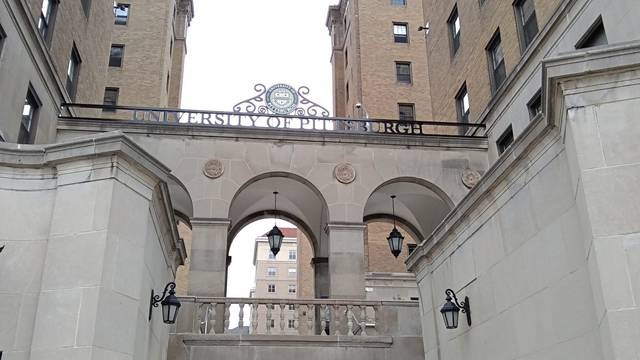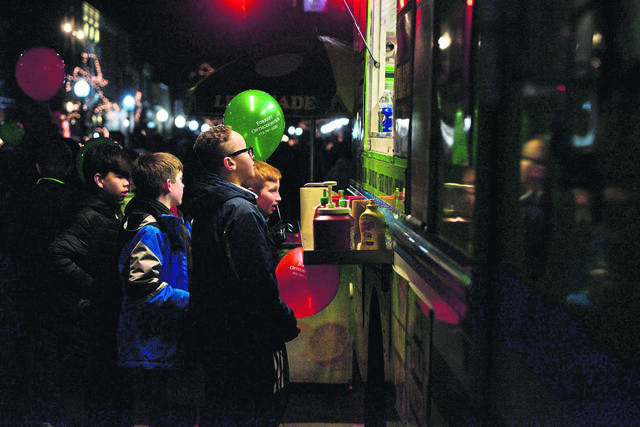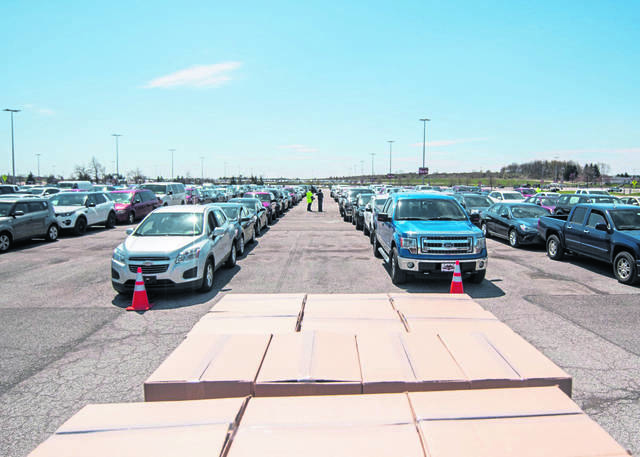The Pittsburgh Water and Sewer Authority announced Wednesday that water quality in Pittsburgh has improved.
Lead levels in Pittsburgh are now at 5.1 parts per billion, said PWSA Executive Director Will Pickering. This puts Pittsburgh’s levels below the EPA’s limit of 15 parts per billion.
PWSA’s most recent test evaluated samples at 158 homes with lead service lines or plumbing — homes with the highest risk of lead levels.
Six months ago, PWSA conducted a test that determined lead levels were at 10 parts per billion — higher than the most recent number, but still below the legal limit.
“These two consecutive tests now place PWSA within the lead and copper rule for the first time since 2016,” Pickering said.
While PWSA is working to remove all lead pipes from its system, Pickering said the current low lead levels are also proof that orthophosphate, an additative meant to lower lead concentrations in drinking water, is working. PWSA began using orthophosphate in April 2019.
“It coats these lead service lines and prevents the water from actually touching the lead pipes,” Pickering explained.
Sen. Jay Costa, D-Forest Hills, praised the city’s low lead levels.
“To me, that’s an impressive number — particularly when the standard’s much higher than that, two or three times higher than that,” Costa said.
“We now have the cleanest drinking water that we’ve had since 1998 and, by all indications, it’s only going to get better,” Mayor Bill Peduto said.
Peduto also touted PWSA’s speed in making these improvements. He said that a few years ago, Pittsburgh’s lead levels were approaching those of Flint, the Michigan city that suffered severe contamination of its water supply. Now, they’re comfortably below EPA regulations.
“This is a big day for PWSA, closing out an unfortunate chapter,” Pickering said.
Since 2016, PWSA has replaced over 7,400 public lead lines and 4,700 private lead lines throughout the city, according to Pickering.
PWSA’s goal, Pickering said, is to replace all of the lead lines by 2026.
“I want to thank our customers for their patience,” Pickering said. “This is a long time coming. I hope they canr est assured that our priority is their health and safety. There’s nothing more important than knowing their water is safe to drink.”


